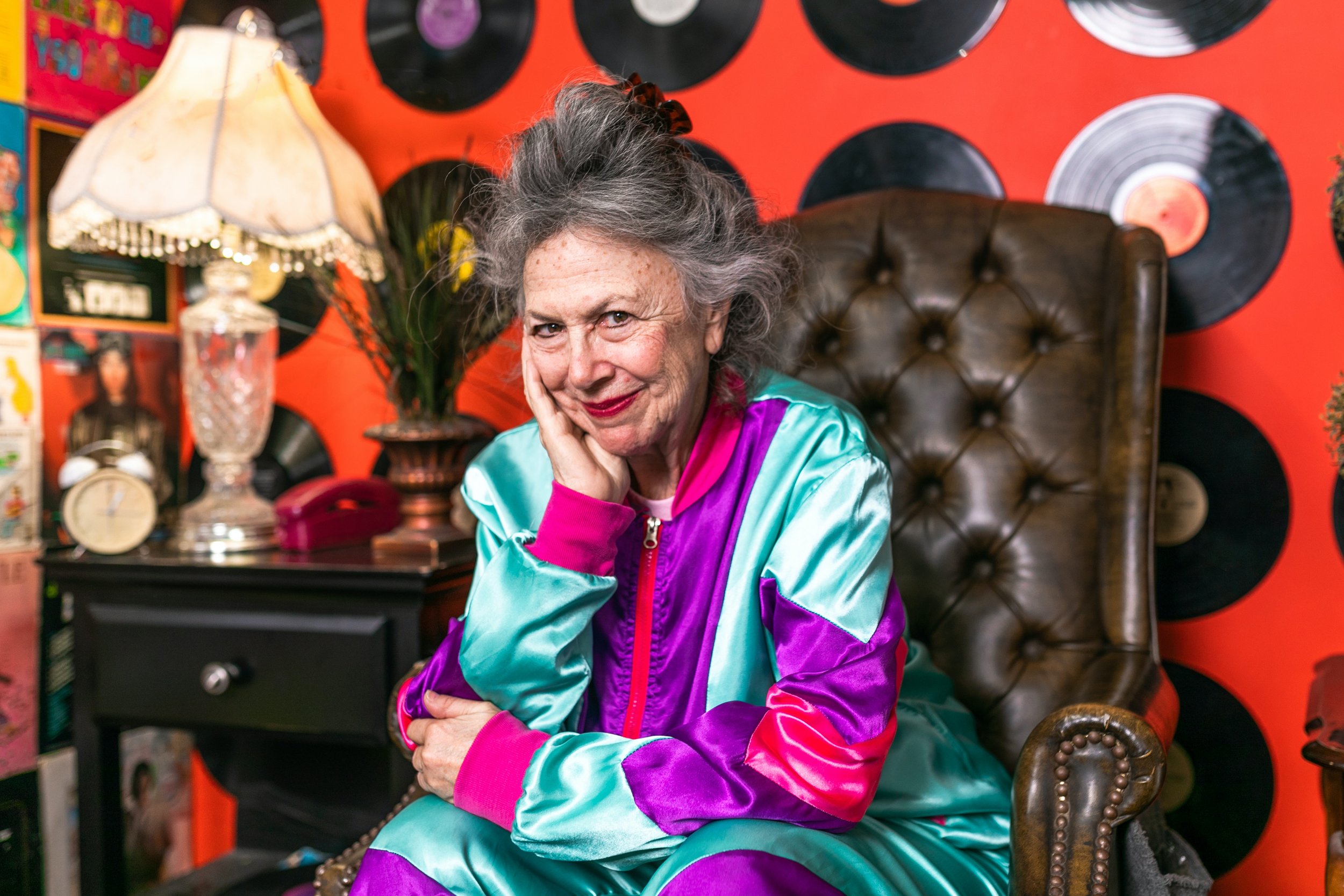Face Yoga: Complete and Utter Nonsense?
I love yoga as much as the next person. Yoga was a huge part of my life and what kept me feeling healthy and well as a medical student, and I have tried to keep it as part of my daily routine (with varying success) when I became a doctor.
However, there is one “yoga” trend that I cannot get behind. And that is face yoga. There is nothing wrong with face yoga in and of itself - making facial expressions is quite a harmless practice as far as they go! But my discomfort is because of the unbacked claims that are often tacked onto it. Let’s be clear, there are no rigorous, scientific studies to verify the claims that these sorts of face workouts are effective at eliminating wrinkles, and it is unethical to market it as such.
But let’s dive a little deeper into this practice.
What is face yoga?
Face yoga is a type of exercise that involves various facial expressions and movements to tone and strengthen the muscles in the face.
It is based on the pseudoscientific idea that the muscles in the face, just like those in the rest of the body, can become weak and flaccid over time, leading to the appearance of wrinkles and sagging skin. Face yoga aims to improve the tone and elasticity of the muscles in the face, which is claimed to help to reduce the appearance of wrinkles and give the face a more youthful and radiant appearance.
There are many different face yoga exercises that can be done, and they often involve making specific facial expressions, such as smiling, frowning, or raising the eyebrows. Some face yoga routines also include exercises to stretch and massage the neck and jaw muscles.
Is there any evidence this works?
The simple answer is no.
A systematic review identified that all the current studies that show a positive result are of an extremely poor quality - with tiny sample sizes, no control group, no blinding, and very subjective outcomes.
Face yoga is not a substitute for proper skincare, a healthy lifestyle, or aesthetic treatments (if and only if you desire). If we think about basic underlying principles about why we get wrinkles, we know that it is all about skin quality as well as muscle movement. This is why botulinum toxin works so well to smooth lines - because it is relaxing movement! Fines lines come from collagen loss over time, and exercising your muscles will do nothing to improve that.
If you are genuinely concerned about ageing, there are many evidence-based practices that will help. Equally, if ageing is not a particular concern to you, there’s no obligation to participate in them.
The Bottom Line
Exercise and yoga in general are wonderful outlets and can be beneficial for a variety of reasons. If you enjoy face yoga there is no reason not to practice it. Just don’t be fooled into thinking it is some sort of anti-ageing miracle - anyone who claims this is being misleading.
References
Van Borsel J, De Vos MC, Bastiaansen K, Welvaert J, Lambert J. The effectiveness of facial exercises for facial rejuvenation: a systematic review. Aesthet Surg J. 2014 Jan 1;34(1):22-7. doi: 10.1177/1090820X13514583. Epub 2013 Dec 10. PMID: 24327764.




I have a deep love of culinary medicine. Like aesthetics, this is a field of medicine that is a lovely blend of creativity and science to promote overall well-being. But it can be hard to adequately describe or explain, so let’s explore the topic more fully here.
What is Culinary Medicine?
Culinary medicine is a field that combines the art of cooking with the science of medicine to promote health and prevent disease. It involves using food and nutrients as part of a holistic approach to healthcare, and emphasizes the role that diet and lifestyle play in maintaining good health. You are essentially combining the principles of nutrition and culinary arts with a dash of science. This can involve using fresh, whole foods and herbs to create flavorful, nutrient-rich meals that are tailored to an individual's specific needs